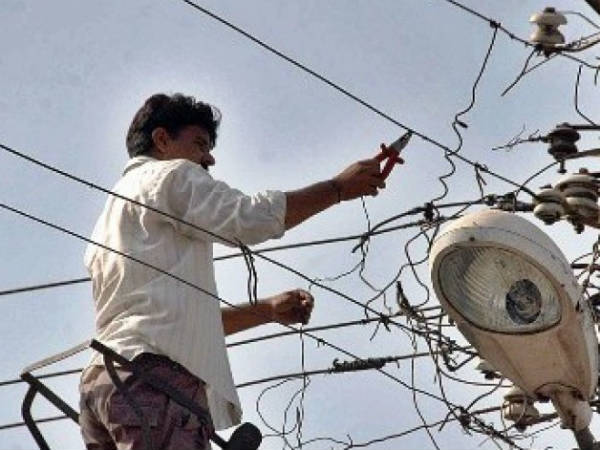India’s aggregate technical & commercial (AT&C) losses have been estimated at 17 percent for the financial year 2021-22 (FY22), according to information recently tabled in Parliament.
In a recent written reply given in the Rajya Sabha, Union power minister R.K. Singh said that AT&C losses for FY22 have been provisionally estimated at 17 percent.
The reply included a time series of AT&C losses from FY17 to FY21, with a detailed break-up of state government and private discoms. The summary of AT&C losses by these two ownership forms is presented below.
It may be mentioned that India has pledged to bring down its overall AT&C losses within the band of 12-15 percent, by FY25. This is one of the main objectives of the Revamped Distribution Sector Scheme (RDSS), launched in July 2019, and with an outlay of Rs.3 trillion. RDSS, it may be noted, covers only state government discoms and not private utilities.
Here are some highlights based on the performance of discoms for FY21.
- Among major states, in terms of population and therefore electricity consumption, Madhya Pradesh had AT&C losses of 41.47 percent in FY21, in fact worsening progressively from around 26.80 percent in FY17.
- Jharkhand, too, had significantly high AT&C losses of 41.36 percent in FY21.
- Industrially developed Maharashtra had AT&C losses of 26.55 percent in FY21, well above the national average, speaking of government-owned utilities. The sole private distribution utility – Adani Electricity Mumbai Ltd (AEML) – reported distribution losses of just 8.85 percent in FY21.
- State discoms in Gujarat – numbering four – showed overall AT&C losses of just 11.91 percent in FY21. The sole private utility – Torrent Power (operating largely in Ahmedabad and Surat) – did well with distribution losses of just 6.46 percent in FY21.
- The National Capital Territory of Delhi, where power distribution is completely privatized, had AT&C losses of just 8.87 percent in FY21.
- In Uttar Pradesh where power distribution largely states government-owned except for a small area falling under private utility Noida Power Company Ltd (NPCL) did well in terms of containing AT&C losses, over the years. The AT&C losses of state-owned utilities fell consistently from 40.91 percent in FY17 to 27.45 percent in FY21.
Also read:Discoms See Marked Reduction In AT&C Losses In FY22
Intervention
The written reply noted that pilferage of electricity is one of the several reasons for AT&C losses of the power distribution utilities. It is the prime responsibility of respective distribution utilities to take adequate measures to stop power theft. However, the Union government supplements the efforts of state governments and distribution utilities by providing funding for the purpose under various schemes launched from time to time.
Under RDSS, prepaid smart meters including system metering are important interventions in reducing distribution losses in the utilities and in facilitating automatic measurement of energy flows and energy accounting as well as auditing without any human intervention.
Along with installation of prepaid smart metering and the associated Advanced Metering Infrastructure (AMI), system metering at feeder and distribution transformer level with communicating feature would also be taken up to facilitate proper energy accounting every month for identification of defaulting consumers, theft-prone pockets and high loss areas, the reply observed.
Featured photograph for representation only

